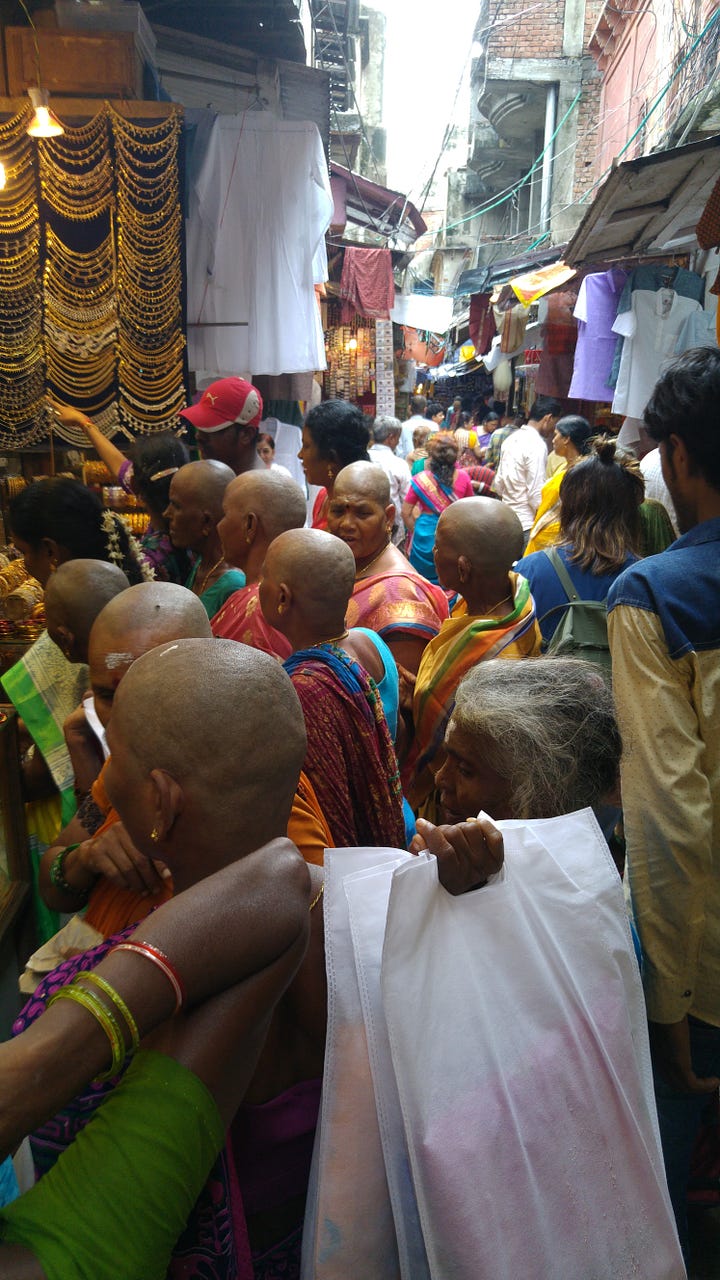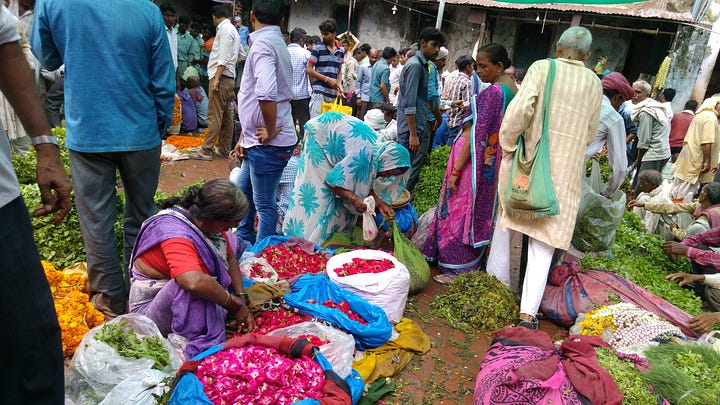The Rise of Mumbai as a Dynamic Transit Metropolis
My first visit to Mumbai was in 2016. As I navigated the frenetic pace of the city, I was awestruck by its vibrancy and sheer size. I experienced the bustling markets, sampled the rich and spicy street food, and marveled at the resilience and fortitude of its people. However, the city's infrastructure was in stark contrast to its spirit. The traffic was chaotic, pollution was omnipresent, and the city seemed to be bursting at its seams. Everyone, from locals to tourists, agreed: something had to be done.




Fast forward to 2023, and Mumbai is undertaking some of the most ambitious transit projects in history. India's financial and entertainment capital is not just expanding, but transforming at an unprecedented pace. With a population nearing 25 million, Mumbai's metamorphosis could not come at a better time. These transport megaprojects, all under construction simultaneously, promise to revolutionize the movement of people and goods, transforming Mumbai into a global power center by the middle of this century.
Mumbai's geographic constraints have necessitated creative solutions. Surrounded by the Arabian Sea, the city's only option for expansion is up and out - through advanced transit networks. The first of these is the Mumbai Metro, an initiative as ambitious as it is necessary. By almost doubling the existing transport capacity, the Metro aims to alleviate the strain on the current suburban railway, which carries a staggering nine million passengers daily - three times more than it was designed to handle.
With the new Metro, commute times will be drastically reduced, and the often fatal risks associated with overcrowded trains will diminish. This project not only sets a new bar for public transit in India but also holds its own against similar endeavors globally. If the same funds were invested in car infrastructure, we would not achieve nearly the same impact in terms of moving people efficiently and sustainably.
The Coastal Road, Mumbai's second major project, is an ambitious 29.2-kilometer expressway that promises to reduce travel times significantly. It's a civil engineer's dream, incorporating everything from reclamation to bridges and tunnels. This project will connect the city's most popular areas, like Bollywood and the historic heart of Mumbai, making it more accessible than ever before.
However, the road's impact on the environment raises questions. It is being built at a time when cities worldwide are grappling with the effects of climate change and rising sea levels. Cities like Seattle and Boston in the US have spent billions opening up access to their precious waterfronts by rerouting traffic through tunnels. The Coastal Road seems to defy this global trend, potentially worsening air pollution and neglecting the needs of the majority of the city's population who don't own cars.
But Mumbai's transformation does not stop there. The Sewri-Worli Connector, another flyover, and the Trans Harbour Link, the country's longest sea bridge, are both under construction. These infrastructures, along with the Navi Mumbai International Airport, are poised to bolster connectivity within the city and beyond.
The Mumbai Metropolitan Region's vision is for a city that extends far beyond its current borders. Yet, this vision must also account for the need to preserve pockets of tranquility amidst Mumbai's rapid development. Places like Gorai, an area relatively untouched by the city's expansion, remind us of the need for balance.
In the end, public transit is at the heart of Mumbai's transformation. These mega-projects signal a commitment to sustainable, equitable, and efficient mobility solutions that will define the city's future. It's an investment not just in infrastructure, but in the health, well-being, and prosperity of its citizens. As we gaze towards this promising future, it's hard not to feel a sense of excitement. Mumbai is on the move, and the world is watching.








